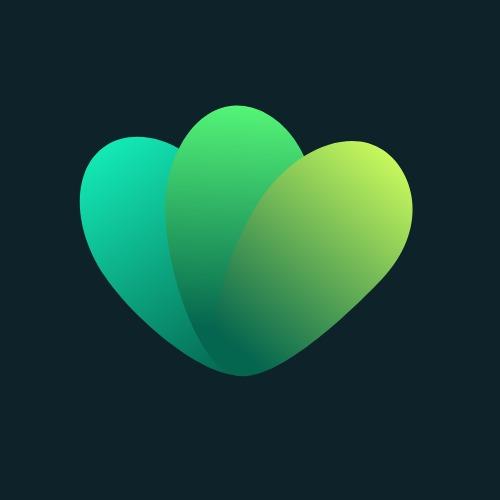Waste to Wealth
Waste To Wealth collects organic waste using a mobile app and processes it into high-quality manure for sale, promoting sustainable agriculture practices and reducing waste in landfills.
Created on 19th March 2023
•
Waste to Wealth
Waste To Wealth collects organic waste using a mobile app and processes it into high-quality manure for sale, promoting sustainable agriculture practices and reducing waste in landfills.
The problem Waste to Wealth solves
The Waste To Wealth project offers an innovative approach to tackle organic waste management challenges in urban areas. The project uses a mobile app to connect with customers for waste collection and provide rewards on a regular basis. Waste collected from households, businesses, and municipalities is processed using smart composting systems to produce high-quality organic manure. The manure is sold to farmers at a subsidized rate through the government. Apart from that, Waste To Wealth app also serves as a platform for people interested in organic farming to purchase the product. By promoting the use of organic manure, the project encourages sustainable agriculture practices that reduce environmental impact and promote soil health. Ultimately, Waste To Wealth aims to reduce waste in landfills, mitigate climate change, and reduce the risk of food supply disruptions during natural disasters, while also promoting sustainable agriculture practices and supporting local farmers.
Challenges we ran into
Designing a waste-to-wealth project on Figma can present several challenges. The first challenge is creating an intuitive user interface. The Waste To Wealth app needs to be user-friendly and easy to navigate, even for those with limited technical expertise. Incorporating all necessary features is also crucial, including waste pickup scheduling, tracking, and reward redemption. Accessibility is another important factor to consider to ensure that the app is usable for all users, regardless of any disability or assistive technologies they may use.
Optimizing the app for different devices and screen sizes is also essential since users can access the app from their smartphones, tablets, and desktops. Testing and iterating the app is vital to ensure it meets user needs and effectively addresses any usability or functionality issues that may arise.
To keep users engaged and motivated, there are several components that can be incorporated into the project. A points system is one idea, where users earn points for regularly using the app to schedule waste pickups and giving organic waste to collection personnel. These points could be redeemed for rewards, such as discounts on organic manure or other company products.
Another idea is to offer a "streak" system that rewards users for consistent app usage over a specific period. Users who use the app for seven consecutive days, for instance, could earn bonus points, which increase with each additional day of consecutive use.
In conclusion, designing a waste-to-wealth project on Figma involves addressing several challenges related to user interface design, features, accessibility, device optimization, testing, and iteration. By incorporating ideas such as a points system and a streak system, the Waste To Wealth team can create an app that motivates users to take action and contribute to a sustainable environment.
Technologies used
